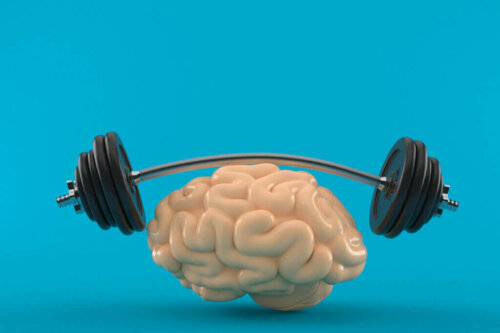What is Myofascial Release?

The goal of myofascial release is to eliminate pain and trouble moving that’s associated with the body’s fascia. In fact, this is a common physical therapy technique, with immediate results.
What exactly is fascia?
The first thing is to understand this concept. The fascia is a continuous network of connective tissues that surrounds numerous body structures. It prevents structures such as bones, joints, and muscles from rubbing against each other. Also, it helps you move and exert energy.
Being a continuous network, any interruption, impediment or breakage will cause symptoms. In fact, the symptoms don’t have to be related to the area that you have injured.
Additionally, it’s important to note that this network gradually adapts to stimuli and traction. It’ll transform to adapt to changes in the body. If there’s an injury, you can work to return to normal.
Myofascial release
Therefore, the goal of myofascial release is to bring the tissue back to normal. It tries to eliminate restrictions caused by both physical and psychological effects. For example, it could be from trauma, excessive stretching or scarring, anxiety or episodes of depression.
Four types of myofascial release
- Myofascial induction: this category consists of slight stretching and pressure over time. That way, the tissue can return to normal. This works both the surface-level and deep fascia. It all depends on how much pressure the physical therapist exerts.

- Direct myofascial release: this technique consists of applying pressure and making constant movements with the knuckles or other parts of the body on specific areas. The physical therapist will use a good amount of pressure and work on the deep fascia.
- Indirect myofascial release: this aims to treat tissue remotely. For example, if the problem is in the shoulder or elbow, the therapist will work on the patient’s wrist. Then, he’ll place the patient’s arm in the correct position and apply a slight stretch, and hold for several minutes. Remember, the fascia is a continuous tissue. Therefore, this technique is similar to placing a tablecloth on the dining table. If it’s wrinkled on one side, pull the opposite side to stretch it and return to normal.
- Active therapy: in this type of myofascial release, the therapist will apply forces to the patient’s body. However, he’ll ask the patient not to move. In other words, he’ll have to fight the forces. This way, the muscle contractions themselves help redirect the connective tissue around them.
In all cases, these techniques are painless, gentle and noninvasive. However, usually, this isn’t the only technique a therapist will use in a session. In general, therapists should combine myofascial release with dry needling if there are trigger points in the muscles. In addition, they might use exercises or stretches.
Benefits of myofascial release
In fact, therapists will use these techniques in different situations that might not seem to be related. Therefore, myofascial release can help with back pain, shoulder pain, tendinitis, plantar fasciitis, fibromyalgia, and even general pain after a period of high emotion.

In all of these cases and many more, therapists might include myofascial release techniques. This is because lots of factors can cause damage to the fascia.
As we said in the beginning, the goals are to reduce pain and move normally. If the therapist is able to diagnose that it might involve the fascia, you could notice an improvement in just a few sessions.
All cited sources were thoroughly reviewed by our team to ensure their quality, reliability, currency, and validity. The bibliography of this article was considered reliable and of academic or scientific accuracy.
- Ana Isabel U., Alicia H. Liberación miofascial aplicada en un paciente adulto con daño cerebral. Biociencias. Número 6 (2008).
- Iván R. Efectividad de la terapia de liberación miofascial en el tratamiento de la cervicalgia mecánica en el ámbito laboral. Tesis doctoral, Universidad de A Coruña (2011).
- Manuel R. Tratamiento del síndrome cervical con terapias miofasciales. Tesis doctoral, Universidad de Cádiz (2017).
This text is provided for informational purposes only and does not replace consultation with a professional. If in doubt, consult your specialist.








